When it comes to feeding your furry friend, many dog owners wonder, “Can dogs eat tomatoes?” It’s a good question, as not every human food is safe for canine consumption. Understanding the safety and potential risks associated with tomatoes is crucial for keeping your pet healthy.
Understanding Tomatoes
Tomatoes are a popular fruit in many households, often used in salads, sauces, and various dishes. While ripe tomatoes are generally safe for dogs, it’s important to know that the plant itself, including its leaves, stems, and unripe fruits, can be toxic.
The Risks of Tomatoes for Dogs
Tomatoes belong to the nightshade family, which contains compounds called solanine and tomatine. These compounds can be harmful in certain amounts and are found more in unripe tomatoes and the green parts of the plant. Here are some potential risks related to tomatoes:
- Gastrointestinal Upset: Consuming unripe tomatoes or the green parts of the plant can lead to symptoms like nausea, vomiting, and diarrhea.
- Potential Toxicity: While ripe tomatoes are generally safe, excessive consumption or consuming unripe tomatoes can cause more serious issues, especially for small dogs.
- Allergic Reactions: Some dogs may have allergic reactions to tomatoes, leading to itching, swelling, or other symptoms.
Are Ripe Tomatoes Safe?
Ripe tomatoes that are red and fully mature are typically safe for dogs to eat in moderation. They can provide some benefits, including vitamins A and C, which can boost your dog’s immune system. However, always make sure to:
- Remove all green parts: Prioritize cutting away leaves, stems, and any green sections when preparing tomatoes for your dog.
- Serve in moderation: Too much of any new food, including ripe tomatoes, can upset your dog’s stomach.
Symptoms to Watch For
If you decide to give your dog a small amount of ripe tomato, monitor for any adverse reactions. Signs of toxicity or digestive upset include:
- Vomiting
- Diarrhea
- Loss of appetite
- Excessive drooling
- Weakness or lethargy
If you see any of these symptoms after your dog eats tomatoes, contact your veterinarian immediately.
Alternatives to Tomatoes
If you want to safely offer your dog some tasty fruits or vegetables, consider these alternatives:
- Carrots: Crunchy and nutritious, carrots are a low-calorie treat that most dogs love.
- Blueberries: Rich in antioxidants, blueberries make a perfect snack for dogs.
- Green Beans: These are high in fiber and low in calories, making them a great option.
Consulting Your Veterinarian
Before introducing any new foods into your dog’s diet, it’s best to consult with your veterinarian. They can provide personalized advice based on your dog’s health, breed, and dietary needs. This is especially important if your dog has existing health conditions or is on medication.
While ripe tomatoes are safe for dogs in moderation, caution should always be exercised. Avoid giving your dog any unripe tomatoes or the plant parts. Monitoring your pet for any adverse reactions is essential to ensure their health and well-being.
Additional Resources
For more detailed information about dog nutrition and safe foods, check out these resources:
Always prioritize your dog’s safety when trying new foods, and enjoy a happy and healthy time together!
Nutritional Benefits of Tomatoes for Humans and Dogs
When considering the nutritional benefits of tomatoes for both humans and dogs, it’s important to understand the unique compounds found in this popular fruit. Tomatoes are packed with essential nutrients that can play a significant role in health for both species.
Nutritional Profile of Tomatoes
Tomatoes are not only delicious but also offer a variety of vitamins and minerals. Here are some key nutrients found in tomatoes:
- Vitamin C: A powerful antioxidant that supports the immune system.
- Vitamin K: Important for bone health and blood clotting.
- Potassium: Helps regulate blood pressure and supports heart health.
- Folate: Essential for cell growth and metabolism.
- Lycopene: A potent antioxidant that may reduce the risk of certain cancers.
Benefits for Humans
Humans often consume tomatoes in various forms, such as fresh, cooked, or as sauces. Here’s how tomatoes contribute to a healthy diet:
- Heart Health: The antioxidants in tomatoes, particularly lycopene, may reduce the risk of heart disease by lowering cholesterol levels and blood pressure.
- Skin Health: Vitamin C and lycopene are beneficial for maintaining skin health and may protect against sunburns.
- Digestive Health: The fiber in tomatoes helps keep your digestive system functioning smoothly.
- Weight Management: Low in calories and high in water content, tomatoes can be a satisfying addition to your meals without contributing to weight gain.
Benefits for Dogs
While tomatoes can provide some health benefits for dogs, it’s crucial to be cautious. The ripe flesh of the tomato is safe for dogs in moderation, but other parts, like the leaves and stems, are toxic.
Here’s what tomatoes can offer your furry friends:
- Antioxidant Properties: Lycopene helps combat free radicals in dogs, promoting overall health.
- Hydration: With a high-water content, tomatoes can assist in keeping your dog hydrated, especially in hot weather.
- Nutritional Boost: The vitamins and minerals can support diverse bodily functions, including skin health and digestion.
Potential Risks
Despite their nutritional advantages, there are some risks associated with feeding tomatoes to dogs:
- Solanine and Tomatine: These compounds are present mainly in green tomatoes and can be harmful. Symptoms of toxicity may include vomiting, diarrhea, and lethargy.
- Gastrointestinal Upset: Some dogs may not digest tomatoes well, leading to stomach issues.
Always consult with your veterinarian before introducing new foods into your dog’s diet, especially those that may have compounds that can be harmful.
How to Serve Tomatoes to Dogs
If you decide to share tomatoes with your dog, here are some tips:
- Fresh and Ripe: Only offer ripe tomatoes without any green parts.
- Cooked Form: Cooking tomatoes can reduce the levels of harmful compounds, making them safer.
- Moderation is Key: Start with small amounts to see how your dog reacts.
Tomatoes into Your Diet
For humans, tomatoes are easy to include in meals. You can enjoy them fresh in salads, cooked in sauces, or even as juice. A great recipe is a simple tomato salad mixed with basil, olive oil, and a sprinkle of salt.
If you’re looking for further nutritional information or studies related to the benefits of tomatoes for both humans and dogs, you can check out reputable sources such as the American Humane or National Institutes of Health.
Staying informed helps ensure that you and your canine companion can safely enjoy the benefits that tomatoes have to offer, promoting a healthy lifestyle for both!
Recognizing Tomato Toxicity in Dogs: Signs and Symptoms
Dogs are beloved members of our families, but it is crucial for pet owners to be aware of what is safe for their furry friends to eat. One commonly debated food item is the tomato. While ripe tomatoes in moderation can be safe for dogs, there are hidden dangers associated with tomatoes, particularly if they are unripe or prepared improperly. Understanding the signs and symptoms of tomato toxicity in dogs can keep your canine companions safe and healthy.
Understanding Tomato Toxicity
Tomatoes belong to the Solanaceae family, which contains several plants that can be toxic to dogs. The toxic components found in tomatoes are primarily solanine and tomatine, both of which are more concentrated in the green parts of the plant, such as stems and leaves, as well as in unripe green tomatoes. When dogs consume these parts, they can experience various health issues.
Common Signs of Tomato Toxicity
If your dog has ingested tomatoes, particularly the green varieties, keep an eye out for the following symptoms:
- Gastrointestinal Distress: This can include vomiting, diarrhea, and stomach pain.
- Excessive Drooling: You may notice that your dog is producing more saliva than usual.
- Lethargy: A dog that suddenly seems less energetic than normal may be suffering from toxic effects.
- Weakness: This may manifest as difficulty standing or walking.
- Rapid Heart Rate: An increased heart rate can indicate distress.
- Nervous Symptoms: In severe cases, dogs may exhibit trembling or seizures.
What to Do If Your Dog Shows Symptoms
If you believe your dog has consumed toxic parts of the tomato plant and begins showing any of the symptoms mentioned above, it’s important to act quickly:
- Contact Your Veterinarian: Describe what your dog has eaten and the symptoms observed.
- Do Not Induce Vomiting: Unless directed by your vet, do not attempt to make your dog vomit.
- Monitor Your Dog: Keep a close watch over your dog’s symptoms until you receive professional help.
Prevention is Key
To prevent tomato toxicity, it is essential to keep all tomato plants well out of reach of your pets. When preparing food, ensure that any tomato scraps or unwanted pieces are disposed of safely. Additionally, educate your friends and family members about the potential risks associated with feeding dogs tomatoes.
Safe Consumption of Tomatoes
While dogs can enjoy ripe tomatoes in small amounts, moderation is key. Here are some guidelines:
- Only offer fully ripe tomatoes and remove all leaves and stems.
- Introduce tomatoes slowly to see how your dog reacts.
- Avoid feeding your dog products containing tomato sauce or ketchup, as they often contain added ingredients that could be harmful.
When to Seek Emergency Assistance
If your dog experiences severe symptoms or if you know they have ingested large amounts of tomato plant material, seek veterinary assistance immediately. Early intervention can significantly improve the outcome for your pet.
Resources for Further Information
For more details on dog safety around potentially toxic foods, visit the following resources:
- ASPCA Animal Poison Control
- American Kennel Club – Can My Dog Eat Tomatoes?
- PetMD – Can Dogs Eat Tomatoes?
By taking the time to understand the risks associated with tomatoes, you can better protect your dog from potential toxicity. Always consult with your veterinarian if you have concerns about your dog’s diet or health, ensuring they remain a happy and healthy part of your family.
Safe Alternatives to Tomatoes for Dog Treats
When thinking about safe treats for your dog, considering alternatives to tomatoes is vital. While some dogs may manage to eat ripe, fully matured tomatoes without immediate issues, it’s essential to recognize that the green parts, including leaves and stems, contain solanine, which can be toxic to dogs. Therefore, it’s best to opt for other delicious options that are safer for your furry friend. Here are some tasty and safe alternatives.
Carrots
Carrots are a fantastic choice for dogs. They are crunchy, nutritious, and low in calories. Carrots provide vitamins A, C, and K, along with fiber. They can improve your dog’s oral health by reducing plaque and tartar buildup. You can serve them raw, cooked, or even in homemade dog treats.
Green Beans
Green beans are another healthy treat. They are full of fiber and low in calories, making them excellent for dogs on a weight management plan. You can offer them raw, steamed, or incorporated into your dog’s meal as a nutritious addition. Make sure to avoid any added salt or seasoning.
Sweet Potatoes
Sweet potatoes are not just tasty; they are packed with essential nutrients. Rich in vitamins A, B6, C, and fiber, they can help support your dog’s immune system and digestive health. You can bake or steam sweet potatoes, cutting them into small, bite-sized pieces for a delicious snack.
Apples
Apples can be a fun and refreshing treat for your dog. They are a good source of vitamins A and C, and they provide fiber, which is beneficial for digestion. Just be sure to remove the seeds and core before offering them to your furry friend, as seeds contain cyanide, which is harmful.
Peanut Butter
Most dogs love peanut butter! It’s rich in protein and healthy fats, making it a delicious and fulfilling treat. When choosing peanut butter, make sure it doesn’t contain xylitol, which is toxic to dogs. You can spread it on a dog-safe toy or use it as a filler for homemade treats.
Bananas
Bananas are another great option. They are high in potassium, vitamins, and fiber. While bananas should be given in moderation due to their sugar content, they are safe and can be an enjoyable snack. You can slice them, mash them, or even freeze them for a refreshing treat on a hot day.
Pumpkin
Pumpkin is packed with nutrients and is excellent for your dog’s digestive health. It’s rich in fiber and can help with both diarrhea and constipation. Canned pumpkin (plain, not the spiced pie filling) is easily mixable into meals or can be served as a treat on its own.
Broccoli
Broccoli is nutrient-dense and loaded with vitamins C and K. It has antioxidant properties that can be beneficial for your dog’s health. Serve it raw or lightly steamed to maintain its nutrients. Just give it in moderation, as too much can cause stomach upset.
Oatmeal
Oatmeal is a great treat for dogs, especially those with wheat allergies. It’s a good source of soluble fiber, which can help regulate your dog’s digestive system. You can serve it cooked, plain, and mixed with fruits or peanut butter for added flavor.
Making Homemade Dog Treats
Creating homemade dog treats allows you to control the ingredients and ensure they are healthy and safe. You can combine many of the safe ingredients listed above, such as peanut butter and oats, to make tasty treats that your dog will love. There are numerous recipes available online, providing endless possibilities for doggy delicacies. Consider visiting the American Kennel Club’s website for inspiration on making dog treats.
By focusing on safe and healthy alternatives to tomatoes, you can provide your dog with enjoyable snacks that boost their health and happiness. Always introduce new treats gradually and monitor how your dog responds to ensure they are safe and well-tolerated. It’s important to consult your veterinarian before introducing new foods, especially if your dog has any underlying health conditions.
Opting for these safe alternatives not only ensures your dog’s well-being but also gives you peace of mind knowing you are providing nutritious and enjoyable treats. For further insights on dog nutrition and treats, you might find PetMD’s resources helpful.
Expert Recommendations on Feeding Fruits and Vegetables to Dogs
When it comes to the health and well-being of your furry friend, incorporating fruits and vegetables into their diet can provide various benefits. However, not all produce is safe for dogs, and understanding which items are suitable is crucial. Here’s a comprehensive guide on feeding fruits and vegetables to dogs while ensuring their safety and nutritional value.
Safe Fruits for Dogs
Your dog can enjoy several fruits in moderation. These options can be healthy treats and provide essential vitamins and minerals:
- Apples: A great source of vitamins A and C, apples are also high in fiber. Remove the seeds and core before feeding them to your dog.
- Blueberries: Packed with antioxidants, blueberries can help fight free radicals and support your dog’s immune system.
- Bananas: Rich in potassium, bananas can be a delicious treat. However, they should be limited to avoid excess sugar intake.
- Watermelon: This juicy fruit is hydrating and contains vitamins A, B6, and C. Remove the seeds and rind before serving.
- Pumpkin: Extremely beneficial for digestive health, plain canned pumpkin (not the spiced pie filling) can help regulate bowel movements.
Vegetables Approved for Dogs
<pJust like fruits, many vegetables are also safe for dogs. They can add variety to your dog’s diet and provide important nutrients:
- Carrots: Low in calories and high in fiber, carrots can help keep your dog’s teeth clean while they chew on them.
- Green beans: These are an excellent source of plant-based fiber and can be a crunchy snack that satisfies your dog’s urge to chew.
- Sweet potatoes: A great source of vitamins and dietary fiber, sweet potatoes can be served cooked, but make sure they are plain.
- Broccoli: In small amounts, broccoli can be a nutritious addition. It is high in fiber and vitamins but can cause gas, so moderation is key.
- Spinach: Packed with iron and vitamins, spinach is nutritious. However, it contains oxalic acid, so it should be given sparingly.
Fruits and Vegetables to Avoid
While many fruits and vegetables are beneficial, some can be harmful to dogs. It’s vital to know which ones to keep away from your pet:
- Grapes and raisins: These can lead to kidney failure in dogs, so it’s best to avoid them completely.
- Onions and garlic: Both can cause gastrointestinal irritation and lead to red blood cell damage.
- Cherries: The pits contain cyanide, which is toxic to dogs if ingested.
- Avocado: Contains a substance called persin, which can be harmful to dogs, especially in larger quantities.
- Tomatoes: While ripe tomatoes in small amounts are generally safe, they belong to the nightshade family and contain solanine in their green parts, which is toxic.
Preparing Fruits and Vegetables for Dogs
To ensure your dog’s safety when introducing fruits and vegetables, follow these tips:
- Wash thoroughly: Rinse all produce to remove pesticides or contaminants.
- Cut into smaller pieces: This helps prevent choking and makes it easier for your dog to digest.
- Cook as needed: Some vegetables, like sweet potatoes, should be cooked to enhance digestibility.
- Serve in moderation: Fruits and vegetables should complement your dog’s main meals, not replace them.
Consulting with a Veterinarian
Before making significant changes to your dog’s diet or introducing new foods, it’s always a good idea to consult your veterinarian. They can provide personalized advice based on your dog’s health and nutritional needs. For more in-depth canine nutrition guidance, check resources like the American Kennel Club or The Labrador Site.
Keeping your dog healthy is a priority, and including fruits and vegetables can be a great addition to their diet if you choose wisely. By understanding which items are safe and how to prepare them, you can ensure your furry friend enjoys nutritious and delicious meals.
Conclusion
Understanding whether dogs can eat tomatoes is essential for dog owners, as both safety and health concerns come into play. While tomatoes are packed with vital nutrients and can be beneficial in small amounts when fully ripe, caution is crucial. Dogs can face toxicity from certain parts of the tomato plant, particularly the leaves and unripe fruit, so awareness of potential risks is key. Recognizing the signs of tomato poisoning—like vomiting, lethargy, or gastrointestinal upset—can help ensure that any negative effects are addressed promptly.
For those wanting to include fruits and vegetables in their canine diets, safe alternatives abound. Options like carrots, blueberries, and pumpkin can provide nutritional benefits without the associated risks of tomatoes. These fruits and veggies can serve as healthy, tasty treats that dogs typically enjoy.
When considering your dog’s diet, expert recommendations emphasize the importance of moderation and variety. Always introduce new foods gradually and observe your pet’s reactions. Consulting with a veterinarian can provide personalized guidance tailored to your dog’s health needs.
Ultimately, while tomatoes can be safe for some dogs, they must be introduced with care and understanding. By prioritizing your dog’s safety and exploring a wide range of healthy alternatives, you can contribute positively to their diet while keeping potential risks at bay. Your dog deserves to enjoy nutritious foods, and with the right choices, both you and your furry friend can find a happy and healthy balance.

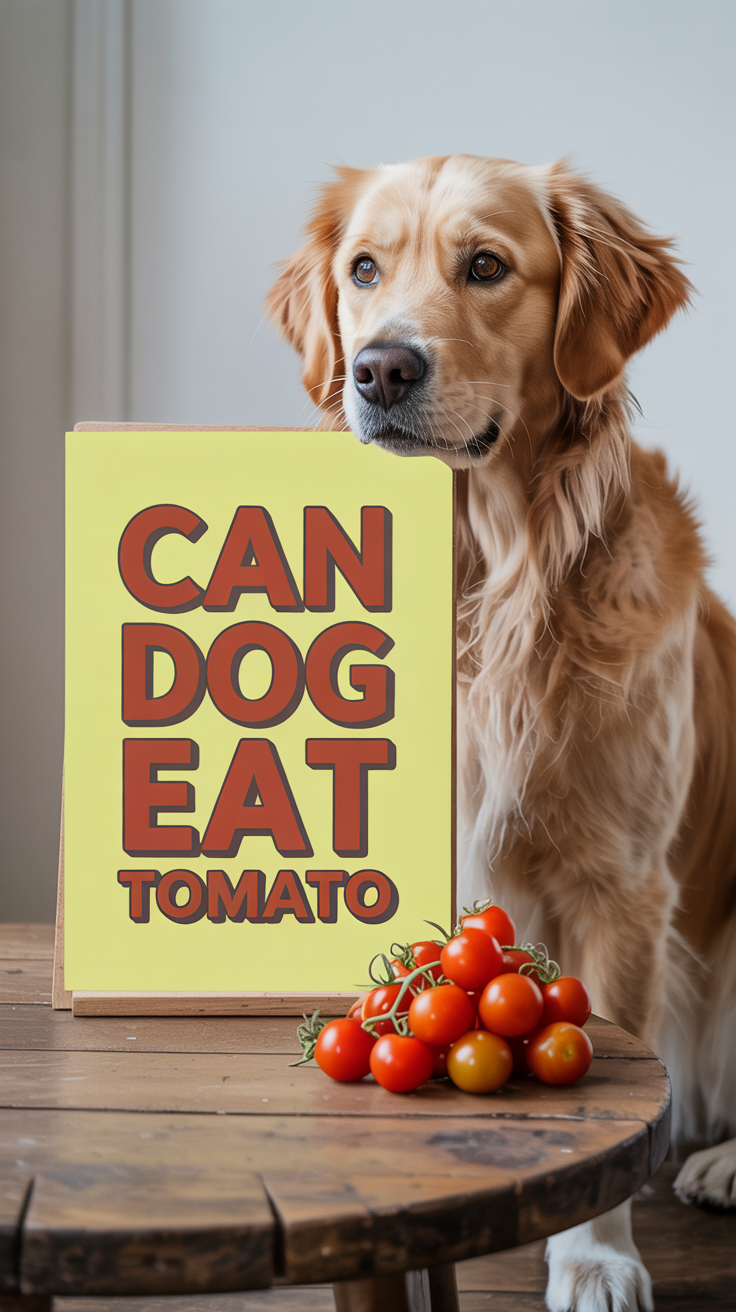


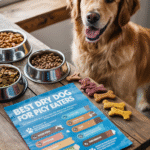
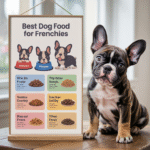
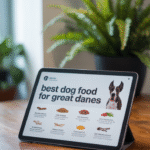
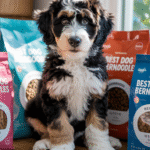
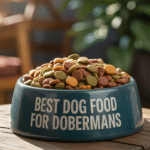


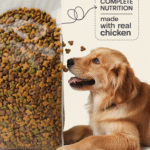
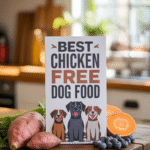

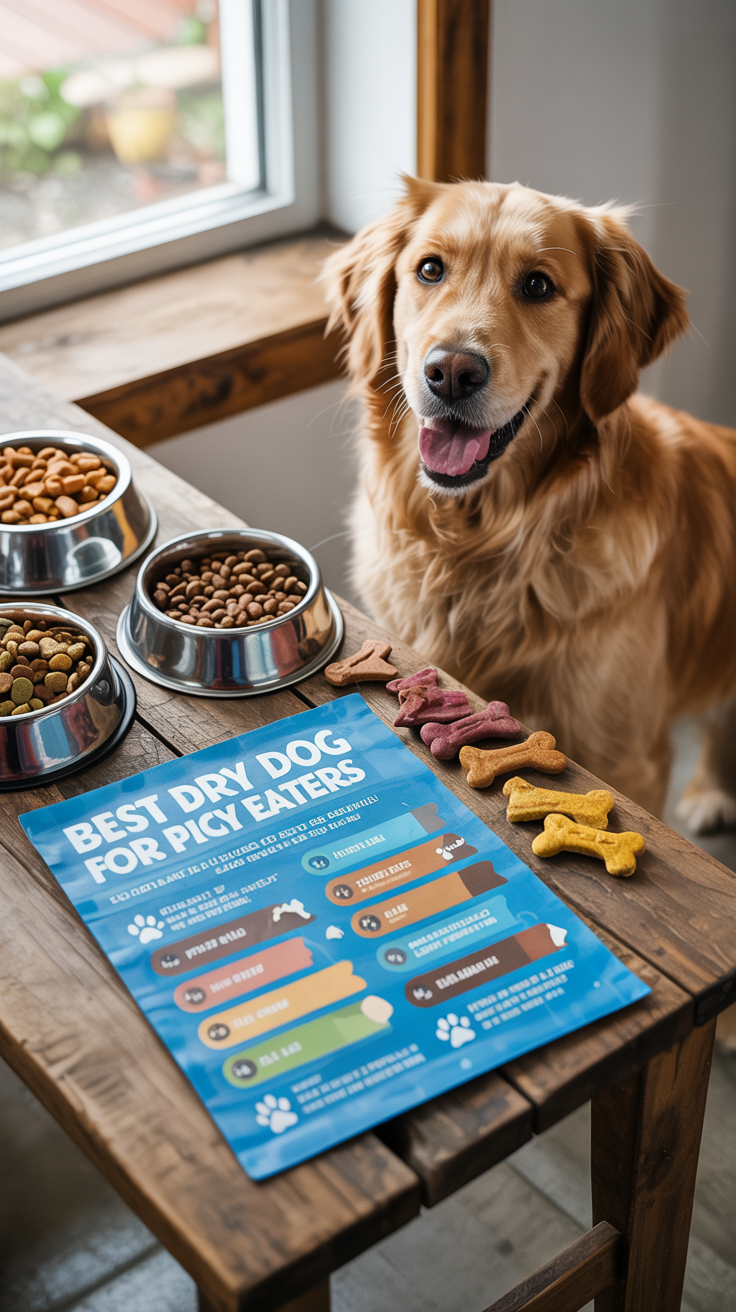
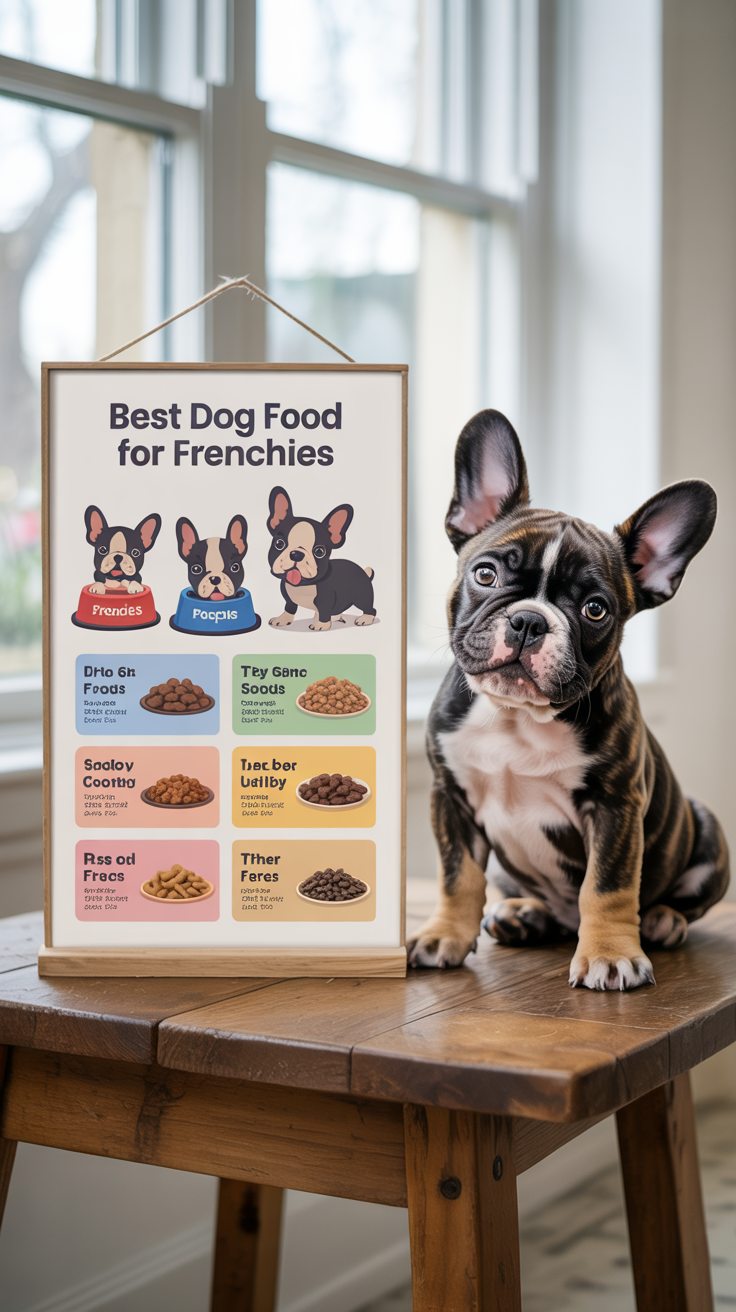
Leave a Reply